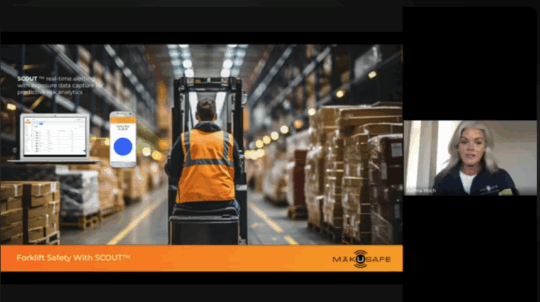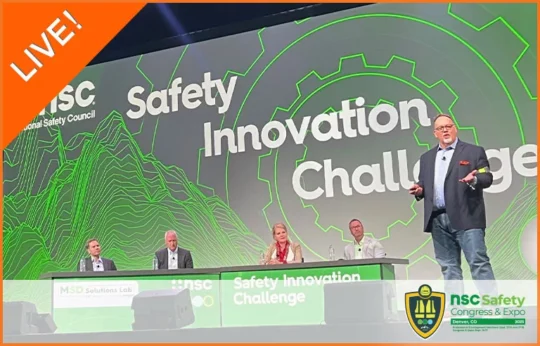Insurance Thought Leadership features Mark Frederick, MākuSafe® – CTO
June 15, 2018
Workplace Wearables: New Use of Big Data
by Mark Frederick
Summary:
Workplace wearables can go beyond biometrics, tracking the environment around an employee, not from the employee.
Wearables continue to be the hottest topic in smart technology, because of gadgets like Fitbits, Apple Watches and Nike Fuelbands. But what about a wearable that uses big data to revolutionize workplace safety? In a world where almost 1,000 workers don’t come home each day due to workplace injury, understanding how workplace incidents happen and taking steps to prevent future injuries should be a company’s top priority. Insurers want to provide the most efficient workers’ compensations and P/C policies, and now they can from the data and machine learning of wearables.
Wearables are providing efficiencies in gathering data that can then be processed to provide insights for workplace injury trends. Automated collection of individualized worker safety data at scale is far more efficient than the traditional observation techniques used by safety experts to collect risk data. Wearables don’t require employees to log information or have their cell phone constantly handy, and they offer a seamless information transfer between users, especially important in industries with high employee turnover rates.
At MākuSafe, we’re developing a wearable solution that collects and tracks environmental data, which is processed through MākuSmart, our cloud-based machine learning platform, to help manufacturing facilities build a culture of safety.
So, we understand that wearables are essential for the safety management of an organization. But wearables can provide data just as valuable to insurance carriers. Manufacturing companies and warehouses across the world are losing time and money on avoidable safety hazards and compensation. Data from workplace wearables creates remediation steps to help streamline reducing worksite risk and allow carriers to generate tailored advice for policies and more efficiently justify premiums.
IoT capabilities fill this picture in even further, with the ability to alert safety managers to potential risks or even take automated steps to help mitigate risks based on identified trends. With insurance companies often only having limited visibility into the risks policy holders’ workers are experiencing, IoT devices give risk reduction professionals the eyes and ears they need to understand what environmental conditions could be contributing to worker hazards. That means quicker intervention when data shows leading indicators of risk are present, instead of waiting for an injury or claim.
Armed with this more complete picture of workplace risk, thanks to more accurate and precise trend data, insurance carriers can target, select and price risk more specifically for policyholders and accelerate time to value on policies. The individualized view of risk permits safety and risk mitigation experts to precisely prescribe remediation steps that are specific to worker risks and better measure the remediation efficacy.
None of this data is biometric—rather, workplace wearables like the one from MākuSafe® track the environment around an employee, not from the employee. It is intended to generate a 360-degree view of a worker’s risk exposure. Through data analytics and machine learning, wearables can transform from an informative personal health-monitoring device to an essential workplace data tool, without invading employee privacy.
The predictive value of individualized workplace safety data can clearly expose risks before they turn into an injury. With this in mind, insurance companies should be looking for companies like MākuSafe® to provide solutions for their manufacturing clients, while warehouses and manufacturing companies should be jumping at the chance to test these money/time/life-saving devices. By building a strong partnership between data-driven intelligence, workers and the resources that can be deployed by insurance companies and other safety providers, workplace risks can be reduced and, ultimately, more workers will make it home safely to their friends and families each day.

About the Author
Mark Frederick joined the MākuSafe® team to help lead the design and development of their wearable device, leveraging his experience with both cloud technology and IoT.





